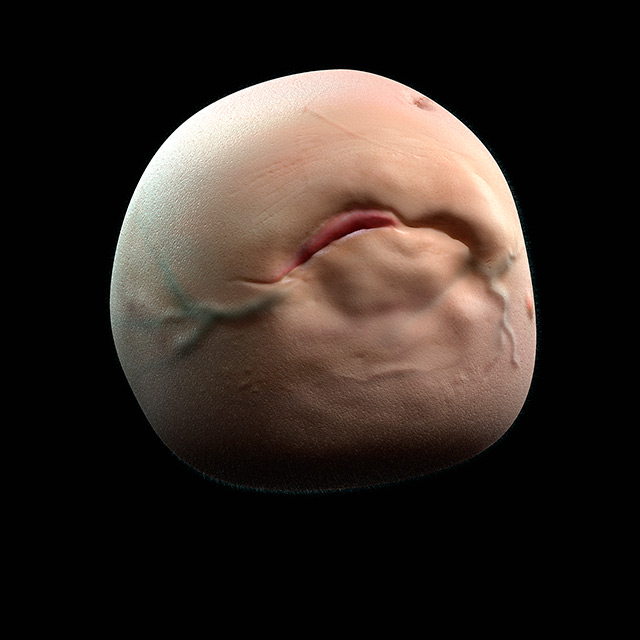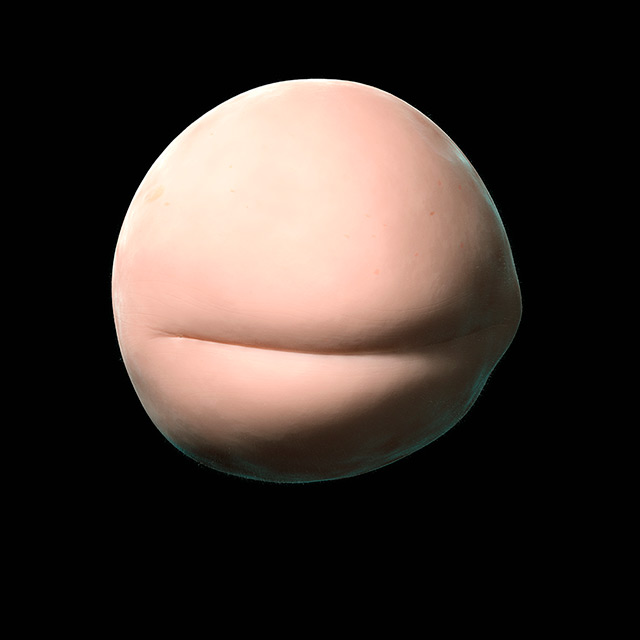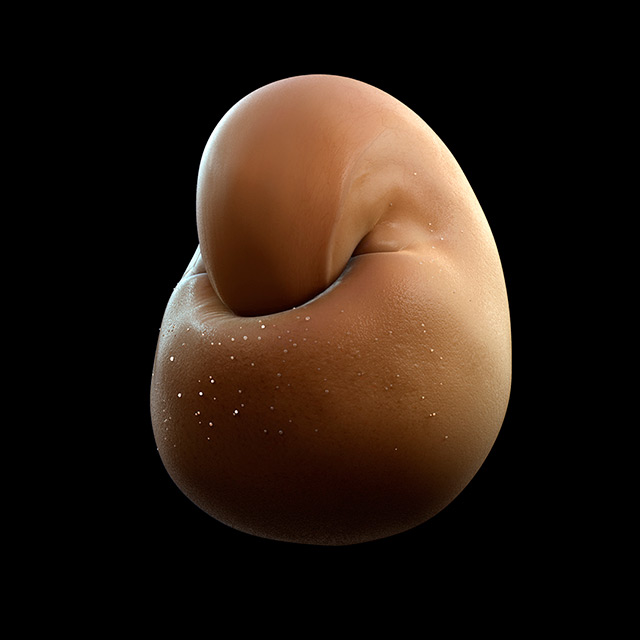Aliens is a series of computer generated images.
Artist Statement
As we increasingly get accustomed to virtual realities: the wide angled flow though the texture mapped world of a computer game or the hyper-real detail of a 3d rendering – our perception of ourselves and the our relation to the world changes.
Who can look at a glass of water breaking on the concrete floor without at the same time invoking the slow motion footage of the same scene in our mind? And haven’t we all seen a glass break on film many more times than in reality? Moreover, was that footage really of a glass breaking or was it computer generated? Imagery made by software that uses algorithms and approximations of floating point numbers to imitate the world.
I wager that every splash of water you saw in slow motion the last few years was never filmed, but generated. Still you tell yourself that you know exactly what a splash of water looks like. Somehow, that image from countless commercials is stronger and “more real” than reality itself. The order of reality is getting reversed. The imitation has become the standard by which we measure reality and not vice versa. This is the kind of third order simulation Jean Baudrillard describes as a simulacrum. And even though we can remain pretty sure what is real (or physical that is – the footage of the breaking glass is also real) and what is not, the age-old Platonic hierarchy where the imitation is nothing but a cheap copy of the original, which in turn is a cheap copy of the very idea in its pure form, is eradicated. Now we live in a world where reality should imitate the imitation.
In Aliens – a series of computer generated images that imitate human skin – I’m trying to explore the borders between the uncanny, the real, the imitated, the repulsive and the attractive, to see if our categories are as fixed as we think they are.


